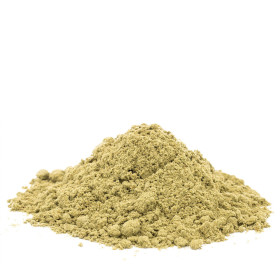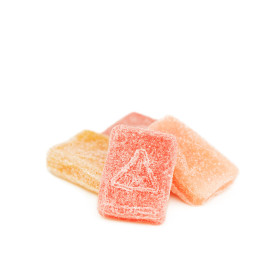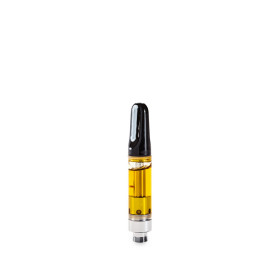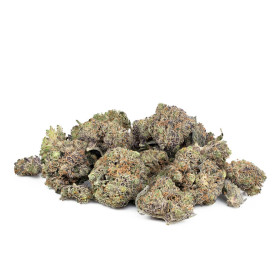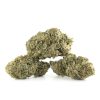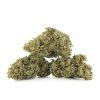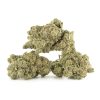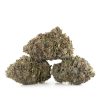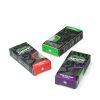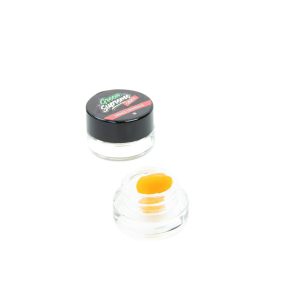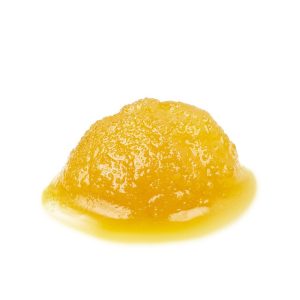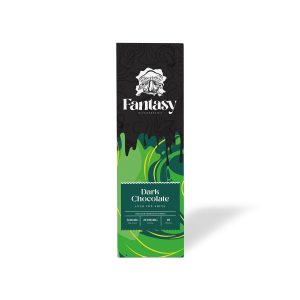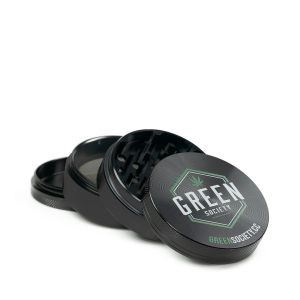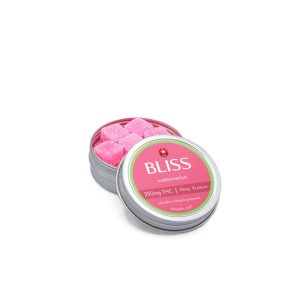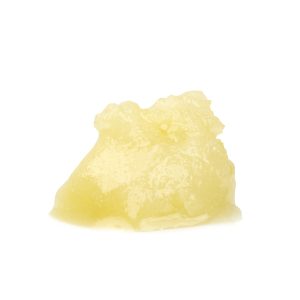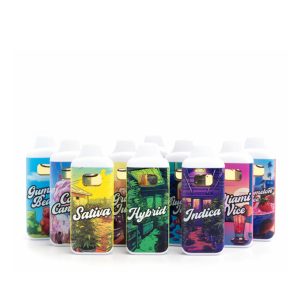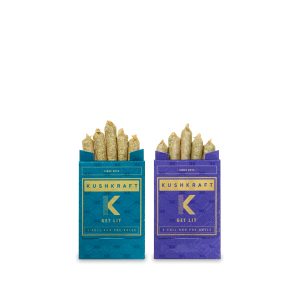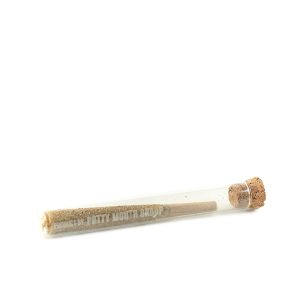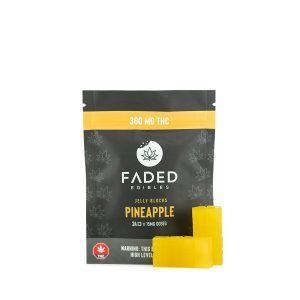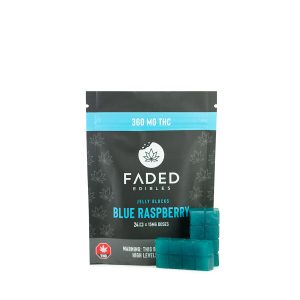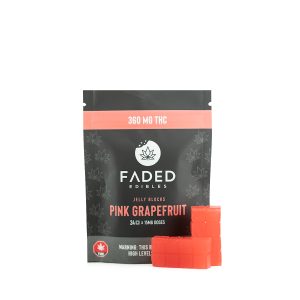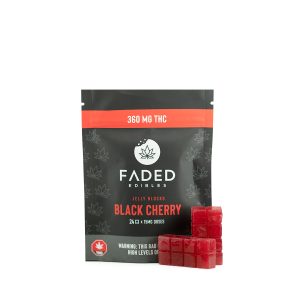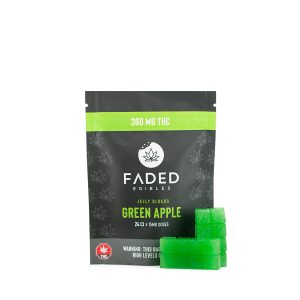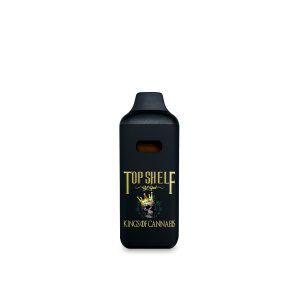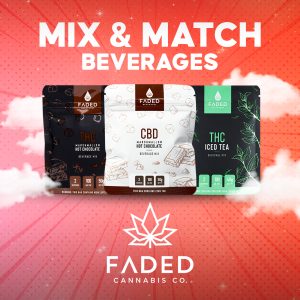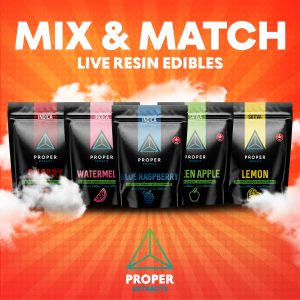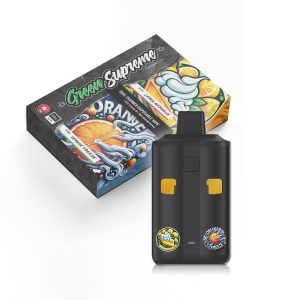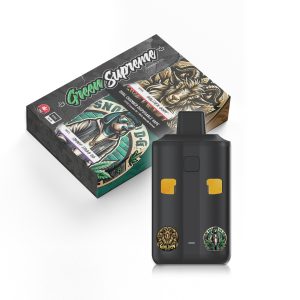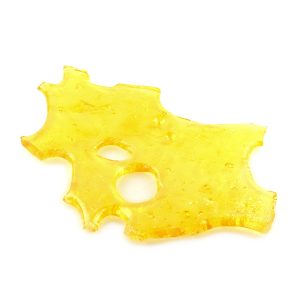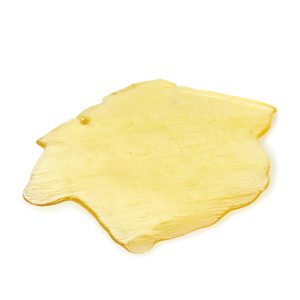1 Like
DAILY
DEAL
DEAL
Concentrates
$8.50 – $142.88
This product has multiple variants. The options may be chosen on the product page
1G
3.5G
7G
14G
28G
31 Likes
DAILY
DEAL
DEAL
Edibles
Rated 4.86 out of 5
(7)
Deal ends in
Showing 41–60 of 337 results
1 Like
DAILY
DEAL
DEAL
Concentrates
$8.50 – $142.88
This product has multiple variants. The options may be chosen on the product page
1G
3.5G
7G
14G
28G
31 Likes
DAILY
DEAL
DEAL
Edibles
Rated 4.86 out of 5
(7)
Deal ends in
1 Like
20%OFF
Rated 5.00 out of 5
(1)
$70.00 – $448.00
From $16.00 per gram
This product has multiple variants. The options may be chosen on the product page
3.5G
7G
14G
28G
1 Like
50%OFF
Bulk
$450.00 – $810.00
From $3.25 per gram
This product has multiple variants. The options may be chosen on the product page
1 LB
1/2 LB
1/4 LB
7 Likes
20%OFF
CBD & THC Vape Pens
Rated 3.67 out of 5
(3)
6 Likes
Pre-Rolls
Rated 5.00 out of 5
(2)
$30.00
4 Likes
Rated 3.00 out of 5
(2)
$25.00
2 Likes
8 Likes
17 Likes
13 Likes
11 Likes
16 Likes
18 Likes
9 Likes
CBD & THC Vape Pens
Rated 4.56 out of 5
(9)
$50.00
10 Likes
Rated 5.00 out of 5
(1)
11 Likes
Bundles
Rated 5.00 out of 5
(1)
9 Likes
Bundles
Rated 5.00 out of 5
(1)
42 Likes
CBD & THC Vape Pens
Rated 4.89 out of 5
(27)
$80.00
8 Likes
Rated 5.00 out of 5
(2)
$400.00
From $14.29 per gram
This product has multiple variants. The options may be chosen on the product page
28G
5 Likes
Rated 4.67 out of 5
(3)
$400.00
From $14.29 per gram
This product has multiple variants. The options may be chosen on the product page
28G

